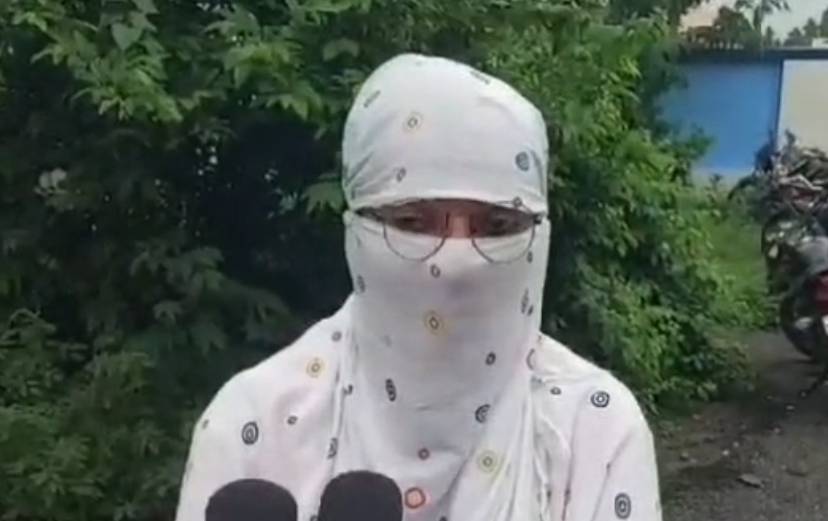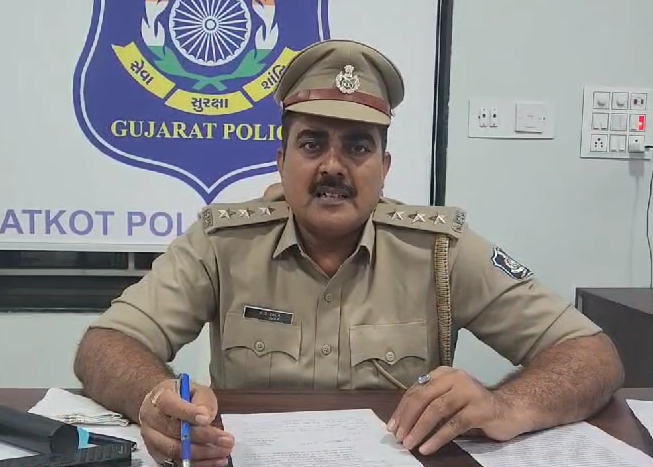A girl student has filed a complaint with the police accusing Paresh Radadiya, trustee of Girls’ Hostel run by D B Patel Education Trust in Rajkot and his friend Madhu Tadhani of molestation and gang rape. Paresh Radadiya is the husband of a member of Rajkot District Panchayat and a BJP leader. Madhu Tadhani is a former sarpanch of Panchvada village. Fearful of losing reputation in the society, The ex-president of the institution and a trustee, Arjan Ramani,72, tried to take his life by consuming poison.


The police have registered a case under sections 376(1), 376(2)(F), 376(D), 354(A), 504, and 506 of the IPC at the Atkot police station, on the basis of a complaint filed by the girl studying in her final year of college. The girl who stayed five years in the hostel has claimed that she was repeatedly raped from June 1, 2023, to May 4, 2024, by Paresh Radadiya, the trustee of D.B.Ptel Kanya Chhatralaya ( Girl’s Hostel), and his friend Madhu Thadani.

The girl, hailing from Amreli and residing in Surat currently has told the police that she stayed at the hostel from 2019 to 2024, completing her studies from 11th standard up to BCA. She worked as a part-time rector at the hostel too for some time. She informed that the accused Madhu Tadhani was a friend of the trustees, Paresh Radadiya and Arjan Ramani and started visiting the hostel from June 2023 on the pretext of colour work in the hostel. He had been given a contract by the hostel authorities.
The girl accused that she was told to remain in her room one day via Whatsapp call. Radadiya and Tadhani then visited her room and raped her, threatening to kill her if she told anyone. The girl claimed that she was asked to visit KDP Hospital and was molested there too.

Rajkot Rural Local Crime Branch, Special Operation Group and local Atkot Police have made different teams to search for the absconding accused.
Also Read: Headline One Wished Never Resurfaced: Man Beaten For Wearing Turban


